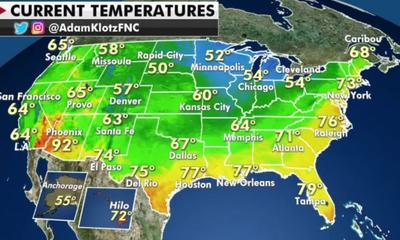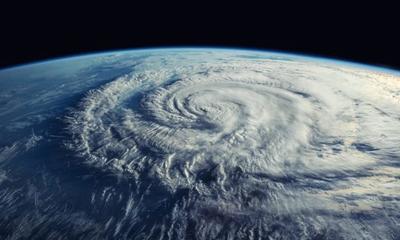Over the course of the last two decades, there has been a massive push from the meteorology community to fill sizable gaps in global weather observations. This includes improving the horizontal and vertical resolution of weather observations within a particular area as a means of mitigating financial losses due to extreme weather. The world bank also recognizes the importance of improving weather observations globally by noting for every dollar invested in deploying new forms of observational data, at least twenty-six dollars in socio-economic return could be realized (World Bank, see ‘The value of Surface-Based Meteorological Observation Data: Costs and benefits for the Global Basic Observing Network’ for more information). This implies raw weather data can be turned into actionable insights critical for decision making. However, this conversion requires a large amount of computational resources. TempoQuest Inc. (TQI) offers a cost effective solution to increase computational resources that streamline the conversion process of large amounts of weather data to actionable insights.
(in red) present day horizontal resolution that displays the aforementioned sizable gaps in weather observation data. In this case, “Upper Air Reporting” references data generated from upper-air stations over land that observe temperature, humidity, and horizontal wind profiles, with a vertical resolution of 100m or higher, twice a day or better. (World Meteorology Organization)
As shown above, without reliable weather observations; we are scientifically limited on how accurate predictions can be. With the notion that more reliable observations can help increase accuracy; these weather observations are fed into the Numerical Weather Prediction systems. The advent of significant technology advances with operating satellites, launch services and supporting infrastructure have led to an explosive rise of remote sensing data available for weather and climate technology companies globally. In order to take advantage of this data, it must be ingested into weather prediction software through data assimilation that can take a large amount of computational resources. The figure below showcases this rise along with the notable commercialization of these satellites.
Increasing satellite launches, particularly from the commercial sector, Image Credit: Christopherson, Chandra & Quanbeck (2019).
According to a new report by NOAA’s Science Advisory Board (SAB);
“Without increased computing resources, none of the recommended new models and data assimilation that improve the forecasts will be able to run on time. … Improvements in weather forecasts are directly limited by the availability of sufficient computing resources to develop, test and operate next generation forecasting technologies.” The report elaborates, “this requires on the order of 100 times the current operational computing capacity [by 2031]”.
TempoQuest has developed AceCAST (Accelerated Forecast) that utilizes the most used weather prediction software system and deploys proprietary code to run on GPUs. Given the increase in weather observation data that require a large amount of computational resources, this is a critical time to take advantage of the software and experience that TempoQuest Inc offers.
For more technical information about AceCAST visit: https://acecast-docs.readthedocs.io/en/latest/
Anyone can try AceCAST for free for 60 days by visiting: https://tempoquest.com/acecast-registration/





